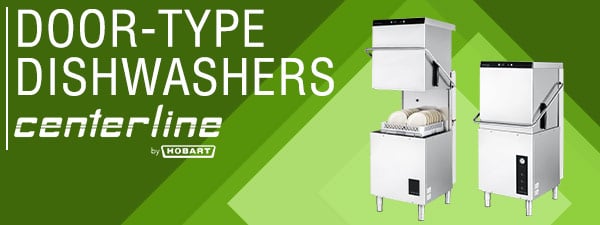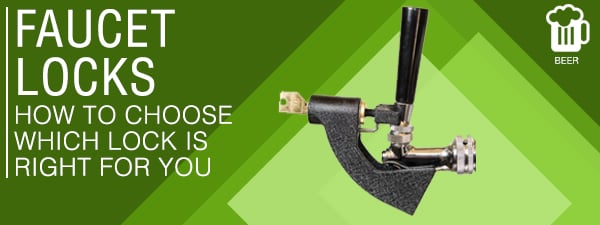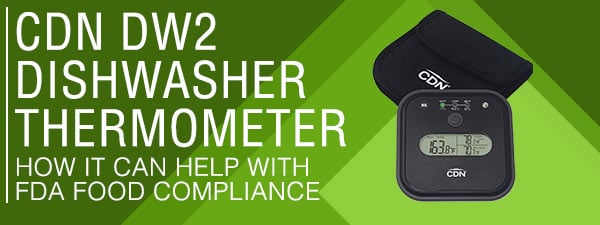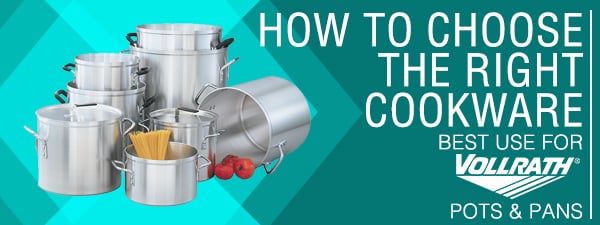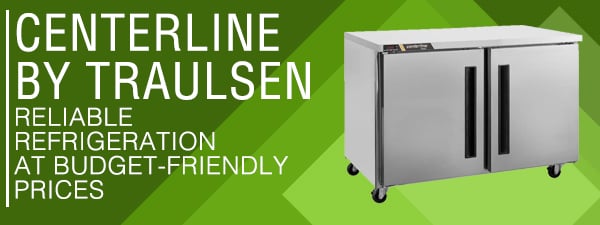Eliminate Over- and Undercooking with Sous Vide
- Aug 9, 2016
- 0 Comments
 Thought to be independently invented in the 1970’s by two French chefs, sous vide (meaning “under vacuum” in French) has just recently started gaining the popularity it deserves in both commercial and residential kitchens. Utilizing both the unique cooking advantages of water and the oxygen-free environment of vacuum-sealed plastic bags, sous vide provides a precision cooking technique that ensures delicious results every time.
Thought to be independently invented in the 1970’s by two French chefs, sous vide (meaning “under vacuum” in French) has just recently started gaining the popularity it deserves in both commercial and residential kitchens. Utilizing both the unique cooking advantages of water and the oxygen-free environment of vacuum-sealed plastic bags, sous vide provides a precision cooking technique that ensures delicious results every time.
Sous vide cooking offers many benefits that make it a worthwhile (and affordable) addition to your kitchen:
Uniform Cooking with Sous Vide Preparation
– the sous vide cooker allows you to set, to within a tenth of a degree, the exact cooking temperature of the water. It then brings the water to your set temperature and circulates it around the food as a controlled water bath, resulting in the meat, eggs, or veggies being consistently cooked throughout. This also prevents overcooking, as the water will never get hotter than the set temperature. Your food will not become burned or rubbery.
Sous Vide Retains Moisture and Nutrients
– the plastic bag prevents leakage of juices into the surrounding water, which means your steaks are going to be juicy and succulent each time you cook them. The lack of oxygen also prevents the leakage of nutrients. Worried about cooking with plastic? Plastic bags that are specifically designed for this type of cooking will not leach toxins into the food.
Less stress with Sous Vide Cooking
– just put the food (in a vacuum-sealed or tight plastic bag) in the sous vide, set the time and temperature required for your meal to cook to perfection, and walk away. You don’t have to worry about missing the window of doneness, as the sous vide will bring the food to the prescribed temperature and hold it there until you are ready to serve it. Of course, you can’t leave the food in the sous vide forever, but the amount of time is considerably lengthened, allowing you to focus on cooking other things.
Pasteurization of the meat
– although the temperature of the sous vide will be less than that of a grill, the length of the cooking time essentially sterilizes the meat, so a steak can be pink and still be safe to eat. This should of course be confirmed with a meat thermometer. If you check and it’s not at quite the right temperature, you can just throw it back in the sous vide!
 |
 |
 |
 |
 |
 |
 |
 |
Some other things to keep in mind:
- You don’t have to cook with a vacuum-sealed bag, but you do want to make sure that there is as little oxygen in the bag as possible.
- This cooking technique can be used on everything from meats to eggs to fruits.
- Once your dish is done cooking in the sous vide, you can throw it in a fry pan or on a griddle , induction range , or charbroiler to give it that sear your customers love.
Learn more about the sous vide cooking process from Vollrath's Chef Rich:

